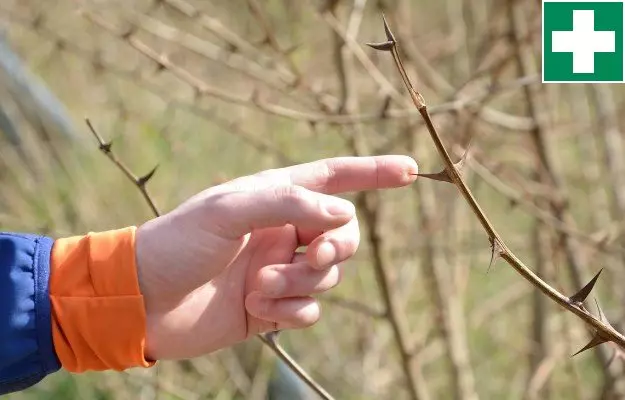Splinters may be tiny pieces of wood or broken objects (glass or plastic) but they can be surprisingly painful to remove, especially if they get deep into your skin. Even if they don’t hurt as much, your body takes splinters as foreign substances and reacts to their presence, leading to swelling and redness in the affected area. Besides that, there is always a risk of infection associated with an open wound caused due to a splinter.
So, it is important to pull out a splinter at the earliest.
Usually, splinters are superficial and horizontal. These splinters are visible on the skin and are quite easy to remove. Though smaller splinters tend to go deep within the skin and are much more difficult to detect and pull out.
If you too got yourself injured from a wooden piece of furniture or that broken glass window you were meant to change last week, read on to find out the right way for splinter removal to reduce pain and prevent infections.



























